What Simple Sugar Is Broken Down In The Mitochondria

Imagine stepping into a bustling city, tiny cars zipping along intricate highways, power plants humming quietly, and factories churning out essential components. This isn’t a human metropolis, but rather the microscopic world within your cells, specifically, the mitochondria. These remarkable organelles, often dubbed the "powerhouses of the cell," are the unsung heroes responsible for generating the energy that fuels every breath, thought, and movement you make.
At the heart of this cellular energy production lies a crucial question: what simple sugar is broken down in the mitochondria to create this life-sustaining power? The answer is glucose, but the journey glucose undertakes to become usable energy is far more complex and fascinating than simply entering the mitochondria directly.
Glucose, a simple sugar derived from the food we eat, serves as the primary fuel source for most cells in our body. It's a carbohydrate, meaning it's composed of carbon, hydrogen, and oxygen atoms. Think of it as the raw material that needs to be refined and processed to become the energy currency of the cell.
The Journey Begins: Glycolysis
The breakdown of glucose doesn't actually start inside the mitochondria. It begins in the cytoplasm, the fluid-filled space surrounding the organelles within the cell. This initial stage is called glycolysis.
Glycolysis is an anaerobic process, meaning it doesn't require oxygen. During glycolysis, one molecule of glucose is broken down into two molecules of pyruvate, a three-carbon molecule. This process yields a small amount of ATP (adenosine triphosphate), the cell's primary energy currency, and NADH, an electron carrier.
Think of glycolysis as the initial processing plant where raw glucose is partially broken down and prepared for the next stage of energy production.
Entering the Mitochondria: The Bridge to Energy
Once pyruvate is formed, it needs to enter the mitochondria to be further processed. However, pyruvate can't simply walk in. Before it enters the mitochondria, pyruvate is converted to acetyl-CoA.
This conversion happens in the mitochondrial matrix, the space inside the inner mitochondrial membrane. This process generates a molecule of NADH, another electron carrier crucial for later stages.
The formation of acetyl-CoA is like a critical bridge, linking glycolysis to the next major energy-generating pathway within the mitochondria.
The Krebs Cycle: Unlocking the Energy Potential
Now, acetyl-CoA enters the Krebs cycle, also known as the citric acid cycle. This is a cyclical series of chemical reactions occurring in the mitochondrial matrix.
In the Krebs cycle, acetyl-CoA combines with a four-carbon molecule, oxaloacetate, to form citrate. Through a series of enzymatic reactions, citrate is gradually converted back to oxaloacetate, releasing carbon dioxide, ATP, NADH, and FADH2 along the way.
The Krebs cycle can be visualized as a spinning wheel, continuously churning out energy-rich molecules from the initial acetyl-CoA derived from glucose.
The Electron Transport Chain: The Grand Finale
The NADH and FADH2 generated during glycolysis, pyruvate conversion, and the Krebs cycle are now ready to deliver their energy payload to the electron transport chain (ETC). The ETC is located in the inner mitochondrial membrane.
In the ETC, electrons from NADH and FADH2 are passed along a series of protein complexes, ultimately reducing oxygen to form water. This transfer of electrons releases energy, which is used to pump protons (H+) across the inner mitochondrial membrane, creating an electrochemical gradient.
This gradient then drives the synthesis of ATP by an enzyme called ATP synthase. This process is known as oxidative phosphorylation and is responsible for the vast majority of ATP produced from glucose breakdown.
Imagine the electron transport chain as a hydroelectric dam. Electrons flowing down the chain power the pumping of protons, which then flow back through ATP synthase, like water turning a turbine to generate electricity (ATP).
Glucose: The Cornerstone of Cellular Energy
While other molecules, such as fats and proteins, can also be used for energy production, glucose remains the primary and most readily available fuel source for many cells, particularly those in the brain and muscles.
The intricate process of breaking down glucose, starting with glycolysis and culminating in the electron transport chain, highlights the remarkable efficiency and complexity of cellular energy production. It's a testament to the power of evolution in creating a system that can extract energy from a simple sugar to fuel the diverse functions of life.
Beyond Energy: The Broader Significance
The breakdown of glucose in the mitochondria isn't just about energy production; it's also intricately linked to various other cellular processes, including signaling, biosynthesis, and maintaining cellular redox balance. Mitochondrial dysfunction has been implicated in a wide range of diseases, including diabetes, heart disease, neurodegenerative disorders, and cancer.
Understanding how glucose is processed within the mitochondria is therefore crucial for developing new therapies to treat these conditions. Research into mitochondrial metabolism is constantly evolving, offering hope for improved treatments and a deeper understanding of human health.
A Reflection on the Cellular Symphony
The next time you feel a surge of energy after eating a meal, take a moment to appreciate the incredible molecular machinery operating within your cells. The mitochondria, with their intricate pathways for breaking down glucose, are working tirelessly to keep you alive and thriving. It's a silent, invisible symphony of biochemical reactions, a testament to the remarkable ingenuity of life at its most fundamental level.
From the simple act of consuming glucose to the complex cascade of reactions within the mitochondria, we witness the elegant interplay of nature's design. Each step, carefully orchestrated and finely tuned, ensures the continuous supply of energy that powers our existence.

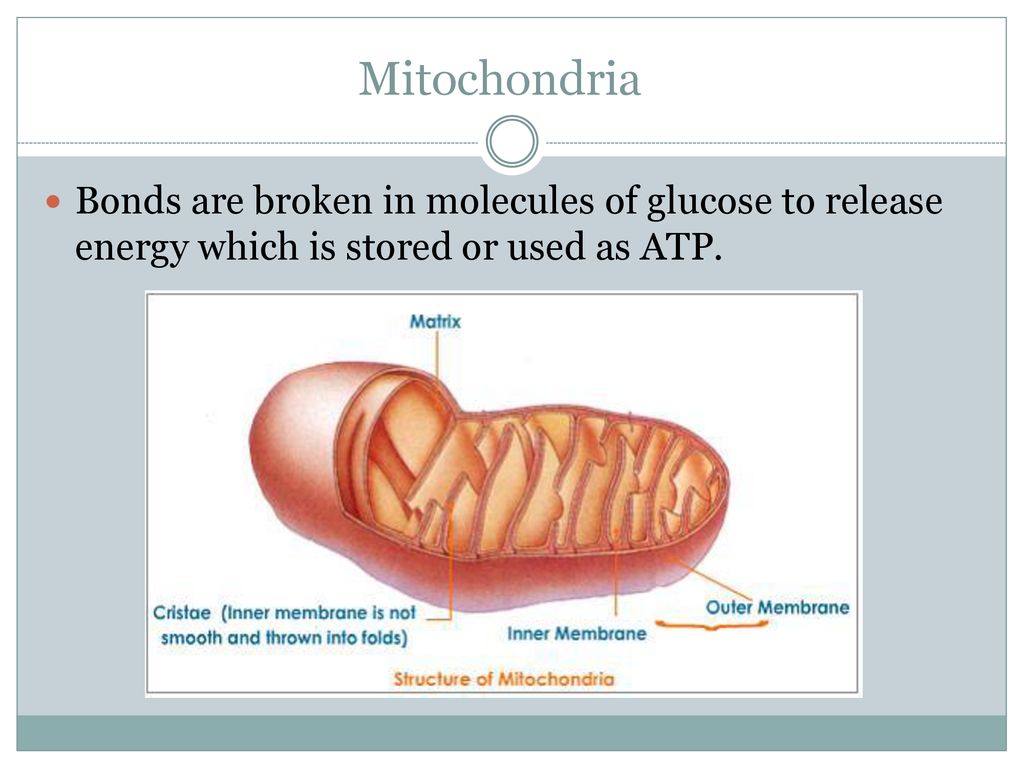
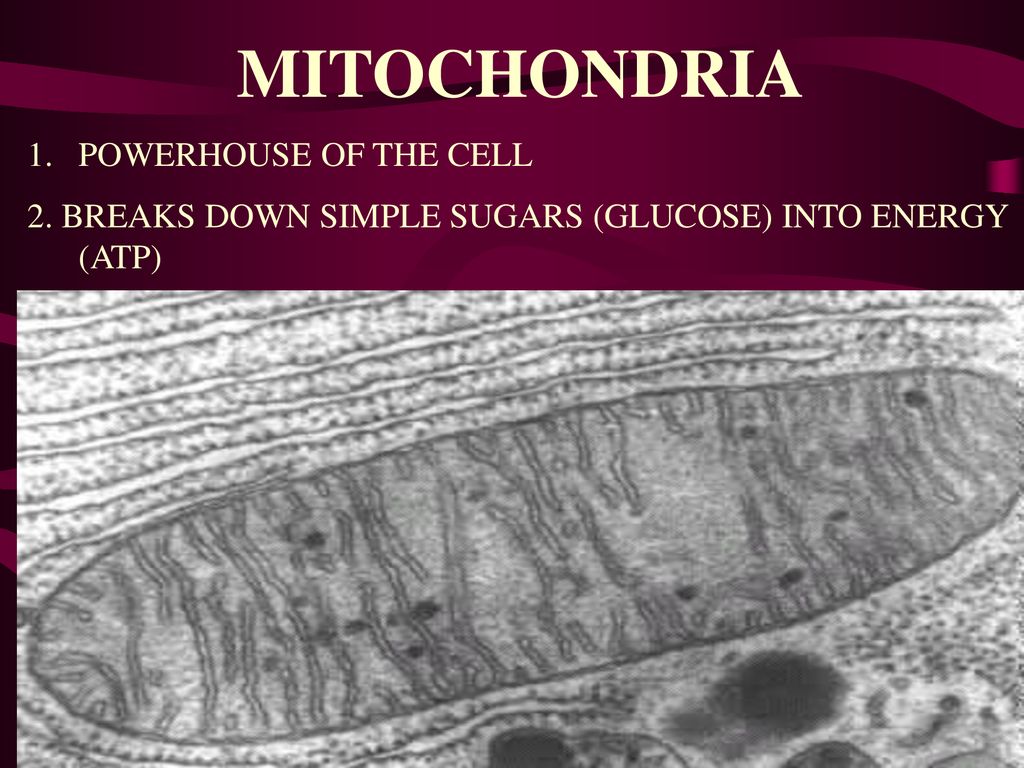

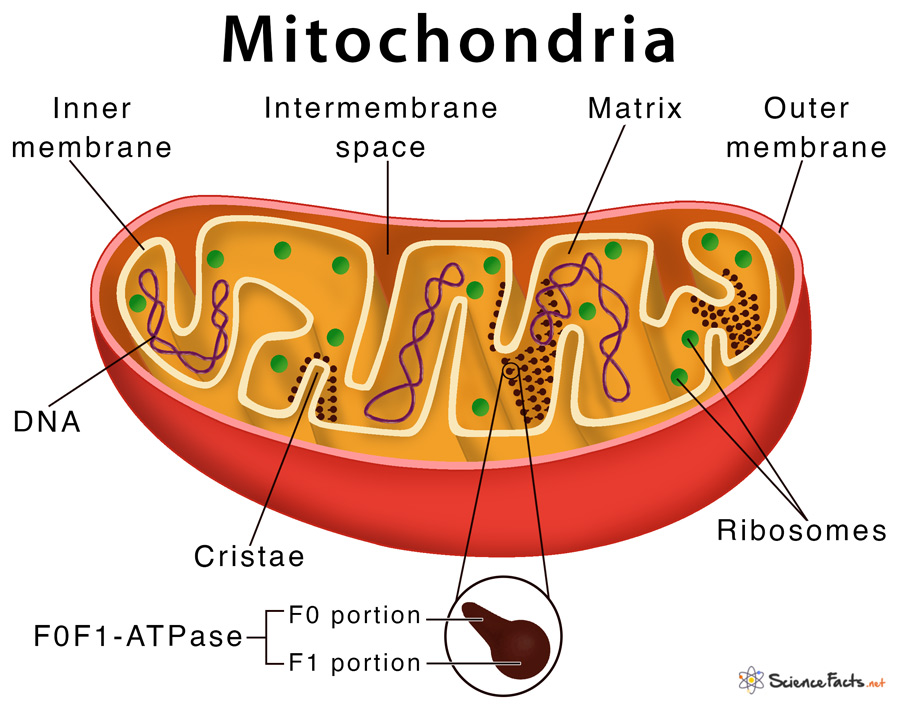
+Have+own+DNA.jpg)

..jpg)
+for+the+energy+they+contain+–+occurs+in+the+mitochondria..jpg)
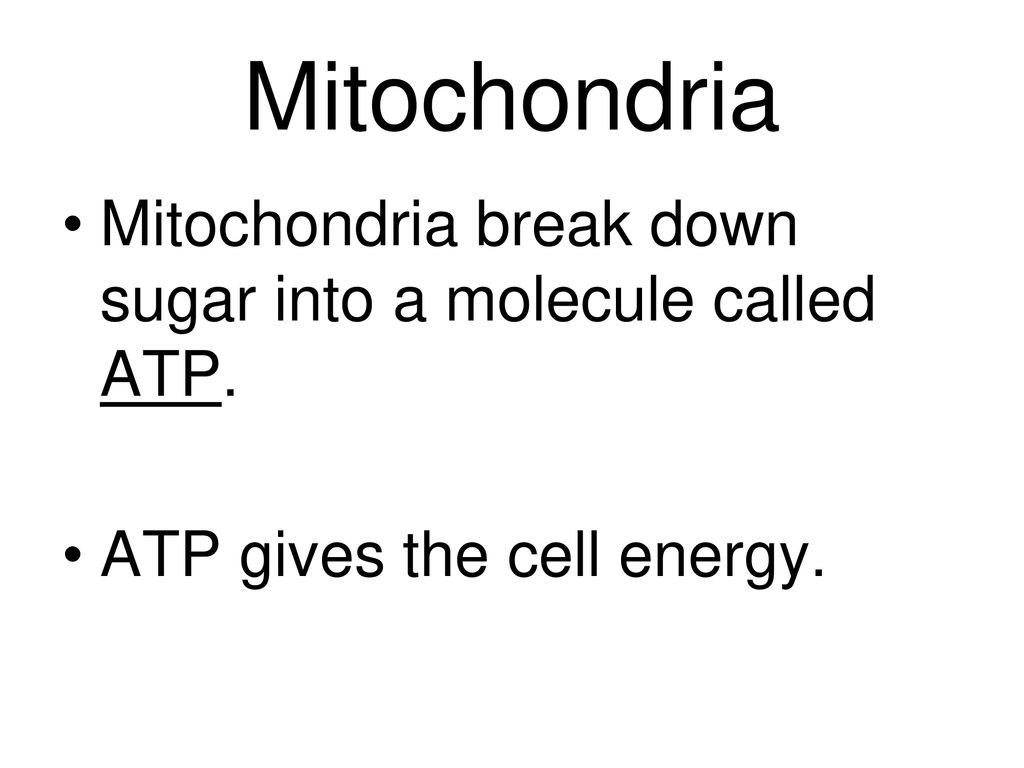
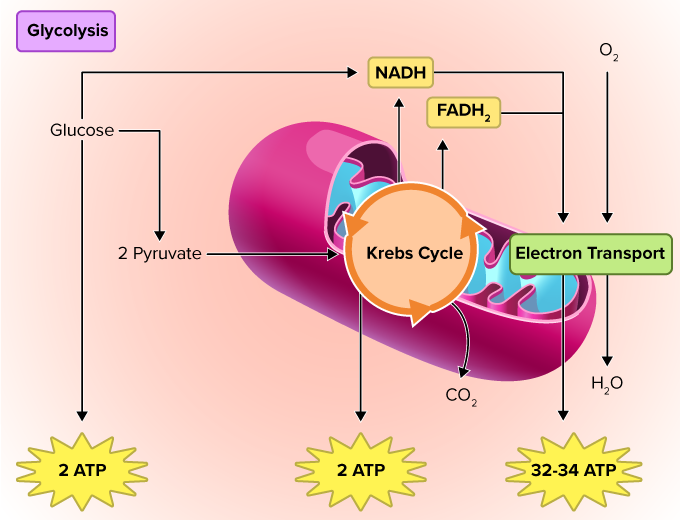
+back+into+energy+(ATP)%2C+carbon+dioxide+(CO2)%2C+and+water+(H2O)..jpg)





.jpg)
